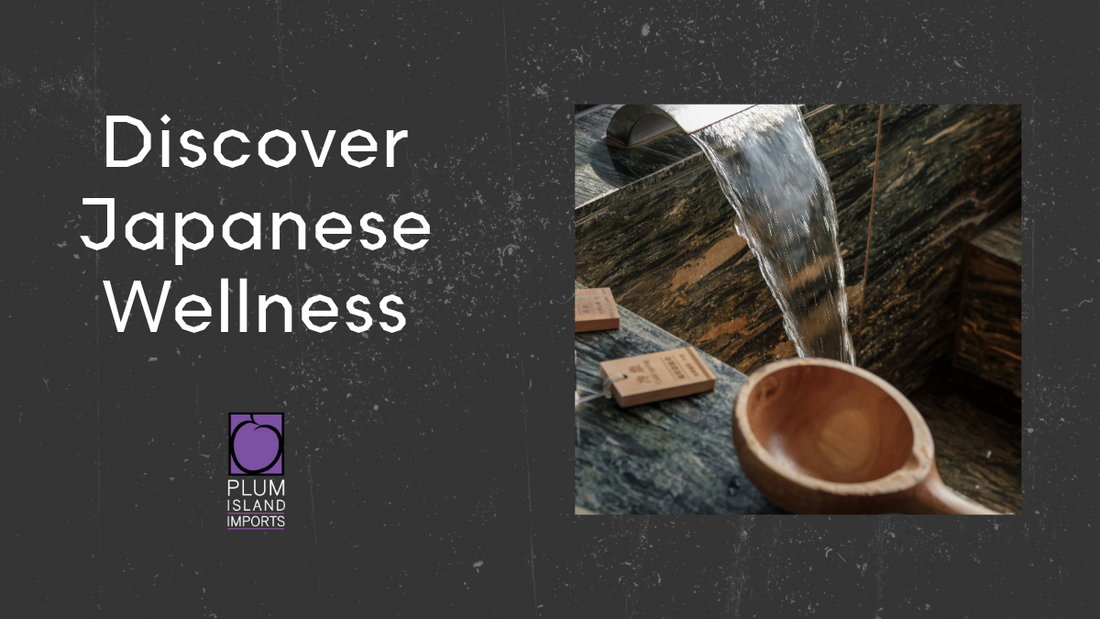Discover Japanese Wellness: Onsen Soaking, Forest Bathing, and Beyond
In today’s fast-paced world, carving out time for our well-being isn’t just important—it’s essential. As we journey through the heart of Japanese culture, we uncover a beautiful collection of wellness practices that nurture not just the body, but also the mind and spirit. Join us as we explore five cherished Japanese traditions—from the healing waters of onsens to the mindful movements of radio calisthenics—and discover how they can help us find more balance, peace, and vitality in our own lives.

1. Onsen Soaking: Healing Waters for Body and Soul
Imagine stepping into the steamy embrace of a natural hot spring, mountains rising around you, mist swirling in the cool air. This is the magic of an onsen, one of Japan’s oldest and most beloved wellness traditions.
Before entering the communal bath, a careful ritual of washing and cleansing sets the tone. Once immersed, the mineral-rich waters work their quiet magic—soothing tired muscles, improving circulation, and calming the mind. But onsens offer more than just physical benefits. Sharing the bath with others creates an unspoken sense of community and acceptance, a rare and gentle moment of shared peace.
In the warmth of an onsen, stress melts away, and we’re reminded how healing it can be to simply pause and let nature care for us.
2. Shinrin-Yoku: Embracing Nature Through Forest Bathing
Now, picture yourself wandering slowly through a quiet forest, the soft crunch of leaves beneath your feet, the earthy scent of moss and cedar filling the air. This is shinrin-yoku—forest bathing—a beautiful Japanese practice of immersing yourself in nature with all your senses.
Unlike hiking, there’s no goal, no pace to keep. It’s about being present: feeling the roughness of tree bark, hearing the murmur of a distant stream, noticing the way the light dances through the trees. Research shows that forest bathing can lower blood pressure, ease anxiety, and even boost your immune system.
More than anything, it’s an invitation to reconnect with the natural world—and with yourself—in a way that feels deeply restorative.

3. Tea Ceremony: Mindful Sipping for Inner Harmony
In a serene tearoom, a host carefully whisks vivid green matcha into a frothy bowl. Every movement is intentional, every gesture filled with grace. This is the chanoyu, or Japanese tea ceremony—a ritual where the simple act of preparing and drinking tea becomes a meditation.
More than just a tradition, the tea ceremony cultivates mindfulness, harmony, and respect for the present moment. Participants are encouraged to slow down, savor the aroma and taste of the tea, and find beauty in simplicity.
It’s a small but powerful reminder that even ordinary moments, when approached with care, can become deeply meaningful.
4. Kampo: Traditional Herbal Medicine for Holistic Wellness
While it may be lesser known outside Japan, Kampo has been a trusted system of healing for centuries. Rooted in ancient Chinese medicine and uniquely adapted to Japanese culture, Kampo uses carefully blended herbal remedies to restore balance to both body and mind.
A Kampo practitioner considers your constitution, emotions, and lifestyle—not just your symptoms—when prescribing treatment. Whether addressing digestion, sleep issues, or emotional stress, Kampo seeks to bring the whole self into harmony with nature’s rhythms.
It’s a beautiful example of how true wellness is often about aligning with the deeper currents of life, not just managing surface symptoms.

5. Rajio Taiso: Daily Movement for Energy and Vitality
Every morning across Japan, you’ll hear the soft strains of a familiar tune and see people—young and old—gathering in parks, offices, and schools to perform Rajio Taiso, or radio calisthenics.
First broadcast in the 1920s, this simple series of stretches and movements is designed to get the body moving gently yet effectively. It’s short (just a few minutes), accessible to everyone, and a joyful way to infuse energy and mindfulness into the start of the day.
Rajio Taiso reminds us that wellness doesn’t have to be complicated. Sometimes, a few mindful stretches in the morning sun are all it takes to lift the spirit and energize the body.
Conclusion
From the soothing embrace of onsens to the rhythmic flow of morning exercises, Japanese wellness traditions offer something truly special: simple yet profound ways to reconnect with ourselves, each other, and the natural world. They invite us to slow down, to savor, and to find beauty and vitality in everyday moments.
In a world that often demands more and faster, perhaps the greatest wisdom we can borrow from Japan is the reminder that true wellness comes from doing less—but doing it with presence, care, and a deep respect for life’s quiet rhythms.
Are you ready to weave a little more of that gentle wisdom into your own life? Let’s step onto this path of self-discovery, inspired by the timeless practices of Japan.

